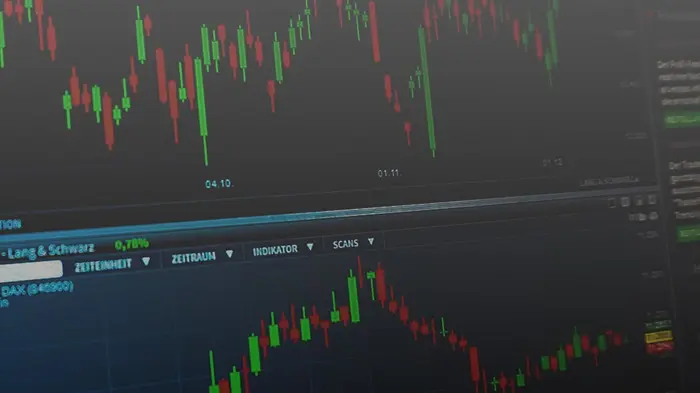China’s central bank, the People’s Bank of China (PBOC), has introduced a major liquidity tool designed to assist institutional investors in purchasing stocks. This move is part of a broader stimulus package aimed at boosting the country’s slowing economy, sparking a recent rally in equity markets.
New Liquidity Tool for Institutional Investors
Starting Thursday, the PBOC will accept applications from eligible securities firms, funds, and insurers. These institutions will be able to obtain liquid assets, such as government bonds and central bank bills, in exchange for certain collateral. The facility is initially set at 500 billion yuan ($70.6 billion), with the potential for expansion in the future, according to the central bank’s official statement.
Stimulus Efforts to Stabilize Economy
The liquidity facility is part of a larger stimulus strategy unveiled by PBOC Governor Pan Gongsheng last month, which signaled the government’s determination to counteract the slowing economic growth. The announcement of these measures fueled a rally in China’s stock market, with shares surging as much as 30%.
The funds accessed through this facility must be used exclusively for investment in the stock market. Eligible assets for collateral include bonds, stock exchange-traded funds (ETFs), and shares within the CSI 300 Index, the PBOC confirmed on Thursday.
Anticipated Fiscal Measures Following National Holiday
This announcement comes at a time when China’s stock market rally has started to cool, particularly due to the absence of immediate fiscal measures following a week-long national holiday. Investors are eagerly awaiting Finance Minister Lan Fo’an’s press briefing on Saturday for potential signs of further government borrowing and spending plans to stimulate economic growth.
Despite the recent market fluctuations, the CSI 300 Index recovered on Thursday, closing 1.1% higher after experiencing both gains and losses earlier in the day.
Insurers Expected to Be Early Users
According to Wu Xuan, a fund manager at Borui Funds Management, insurers are likely to be among the first to apply for the liquidity tool. Their equity holdings generally align with the collateral requirements established by the PBOC, making them well-positioned to take advantage of this facility. Wu also noted that regulators view insurance funds as a key source of long-term investment in the stock market.
“They are carrying out a more ‘political task,'” Wu commented. He added that more details on the tool’s implementation are expected in the coming weeks, with the first users anticipated within two to three months.
Supporting the Stock Market and Economic Growth
Serena Zhou, a senior China economist at Mizuho Securities Asia Ltd., said that while the liquidity tool is expected to provide support to the stock market, its timing may not directly correlate with market performance.
This move by the PBOC comes amid a broader effort by Chinese authorities to bolster the country’s stock market and overall economy. Economic growth has slowed significantly in recent months, putting Beijing’s 2024 growth target of around 5% at risk.
Sluggish Consumer Spending and Labor Market Challenges
China’s consumer spending has remained weak, compounded by challenges in the labor market. Recent data from the online recruitment platform Zhaopin Ltd., compiled by Bloomberg, shows that wages for new hires have declined after two consecutive quarters of growth.
Additionally, tourist spending during the long October holiday was lower than pre-pandemic levels, further highlighting the ongoing strain on consumer demand.
The PBOC’s latest actions reflect the government’s efforts to stabilize both the stock market and the broader economy. Investors and analysts alike are watching closely for further policy measures in the coming weeks as China seeks to address its economic challenges.
Related topics:






























